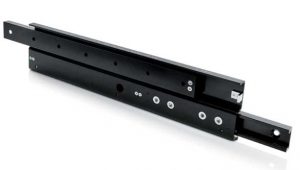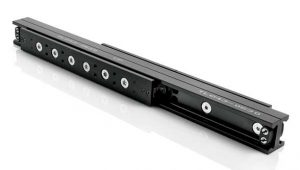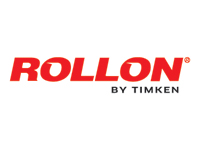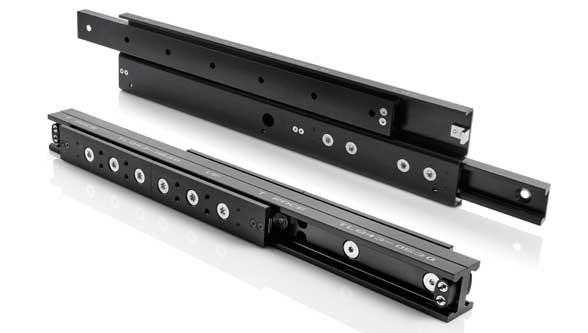In the field of industrial automation, it is extremely important to choose a telescopic rail that can always ensure maximum performance , and guarantee that production systems function correctly. This prevents malfunctions and problems that slow the system down. The Rollon Group, with one of the most complete ranges of mechanical solutions available on the market, based on integrated and highly customizable products, confirms its position as the ideal technological partner for anyone working in this rapidly expanding sector.
Industrial automation applications: which telescopic rail is needed?
In industrial situations, telescopic rails are often used for automated cantilever extractions of mobile parts of machinery. They are often operated in critical conditions, for example, with heavy loads, demanding cycles or in dirty environments. For this reason, these systems must be reliable and guarantee optimal sliding properties for long periods of time. The use of unsuitable products can cause problems, such as reduced efficiency of the entire system or slowed production rates. Therefore, which aspects are the most important to consider to make sure we choose the right telescopic rail?

The designer must carefully evaluate a few characteristics:
- Type of movement that the rail would be making: horizontal or vertical, with a constant or variable stroke. Telescopic rails with caged ball bearings, for example, show their limits with variable strokes or vertical uses, due to the way the cage operates. Telescopic rails with rollers can guarantee in both cases good sliding movement and long working life.
- Expected working life and load capacity: in automated applications, the rail must often operate for long periods (a few million cycles) with long maintenance intervals and carrying heavy loads. With this in mind, the characteristics of the materials become extremely important: a process of hardening the raceways, such as induction tempering or deep nitriding, can confer the hardness necessary to manage these situations in the best possible way.
- Maintenance intervals: self-lubricated systems, slow release grease tanks and raceway cleaners are elements that considerably prolong maintenance intervals on telescopic rails, and sometimes even manage to eliminate them. Needless to say, this quickly develops into a huge advantage in terms of cost and performance.
- Speed and acceleration: a telescopic rail system is typically made up of a fixed part, a mobile part and an intermediate element. For high dynamics applications, the latter element often does not slide with optimal performance due to high stress. Accessories like synchronization systems and bumpers help increase efficiency in applications like these.
- Misalignment: the alignment between the fixed and mobile parts of an extraction is not always precise. Often, misalignments of several millimeters are found and these reduce the life span of the rails considerably. In these cases, it is possible to undertake costly surface adjustment processes, which double assembly times, or opt for a rail that can absorb these misalignments.
- Reliability in difficult environments: telescopic rails in industrial environments are almost always in contact with production residue, debris or dust. A large rolling component allows the rail to slide optimally even with impurities.
Anti-corrosion: water, liquids, acid or base solutions. A wide range of materials or anti-corrosion treatments allow the rail to be used efficiently in every environment.

Telerace telescopic guides by Rollon: maximum efficiency for automation.
The range of Rollon products has recently been expanded with the introduction of the Telerace family: telescopic guides with ball bearings, with double ball bearings and nitrided raceways, able to easily manage variable strokes, high speeds and stressful cycles, also in vertical applications. These rails have large rolling components (the maximum diameter of the bearings is 31.5 mm) with internal sliders fitted with raceway cleaners and lubrication systems. The nitriding treatment ensures maximum efficiency up to 2 million cycles thanks to a raceway surface hardness of 60-62 HRC. Double ball bearings allow the system to manage heavy loads, up to around 780 kg per pair for the best performing rails (TLR 43).Lastly, Telerace rails are designed with a slight rotation of the rail elements with respect to the intermediate element, and this allows them to manage misalignments up to 2° and flatness problems up to 3 mm. Available in several different models in carbon steel or stainless steel AISI 304, these rails can be treated with the “Rollon e-coating” for greater resistance to corrosion (up to 700 hours in saline mist).

For more information:
ROLLON INDIA Pvt. Ltd.
1st floor, Regus Gem Business Centre
26/1 Hosur road, Bommanahalli
Bangalore 560068, INDIA
Tel: +91 80 67027066
Fax: +91 80 67027004
info@rollonindia.in
www.rollonindia.in




